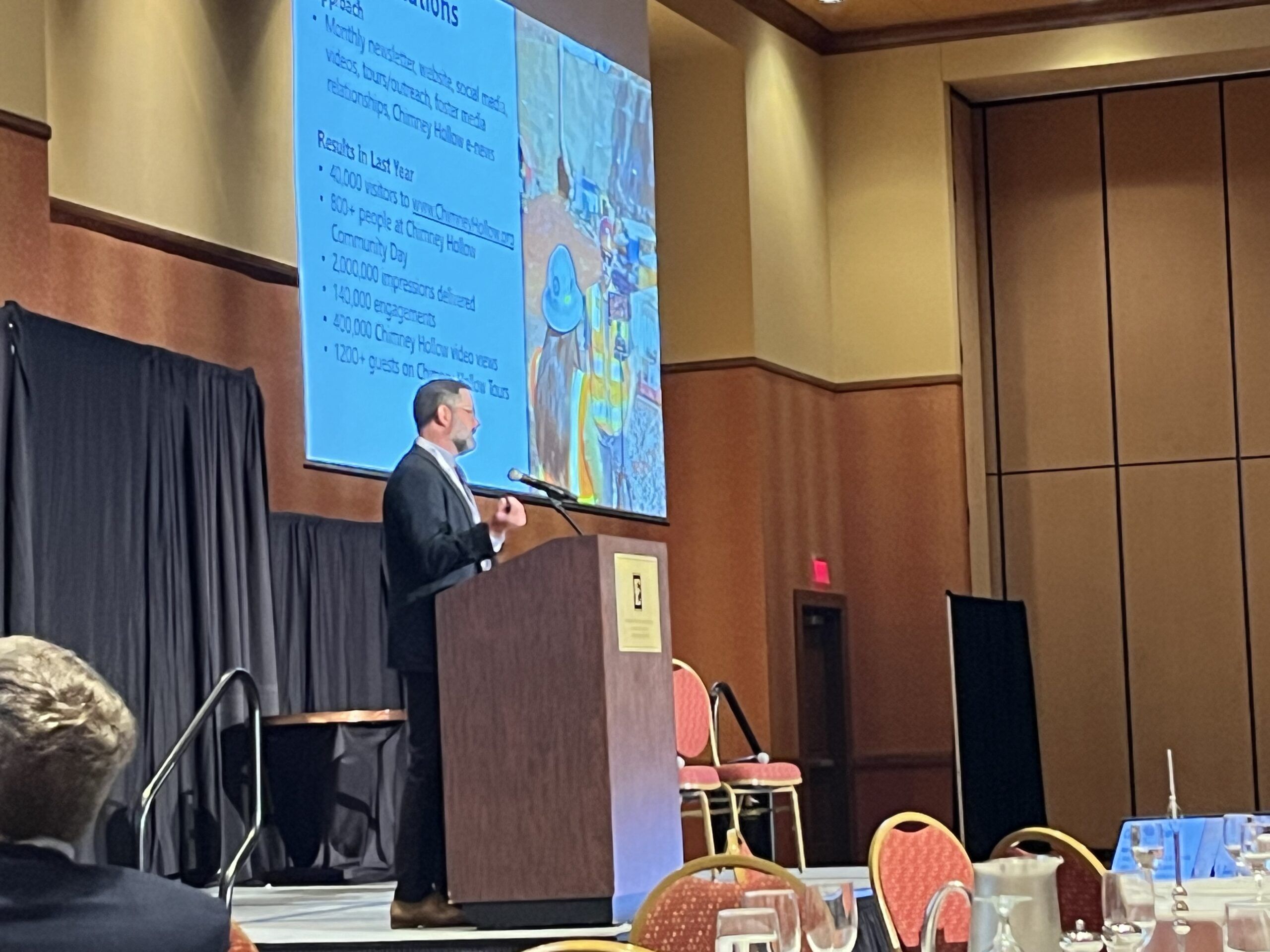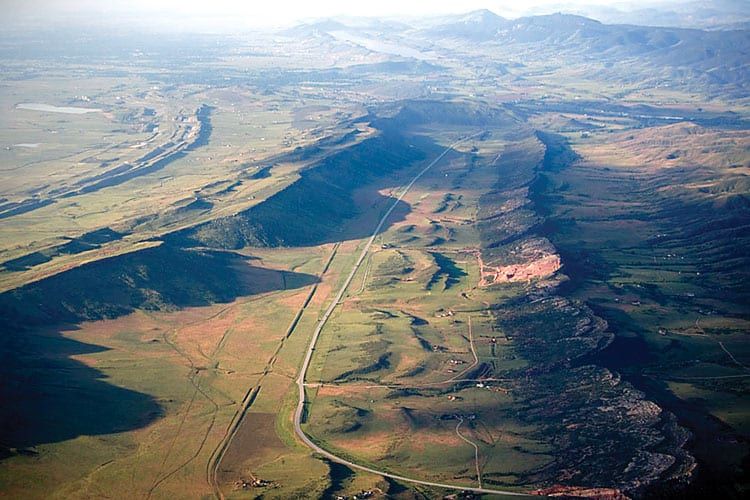Northern Water sets initial 2023 quota at 40%
BERTHOUD — With concern about the status of the Colorado River basin, The Northern Colorado Water Conservancy District has set its initial 2023 water quota at 40%.
That’s 10 percentage points lower than what the district set in recent years for the initial quota.
Northern Water sets the initial quota each year at this time; it tends to be cautionary because it occurs before the district has any knowledge of the coming winter’s snowpack and the level of reservoirs in the spring.
SPONSORED CONTENT
Last year’s growing season quota was set at 70% in April at which time reservoirs were considered at or slightly below normal levels.
If the 40% quota were to hold into the coming year, an owner of a share — or one acre foot — of the Colorado-Big Thompson water project would realize 0.4 of the share. The C-BT project produces 310,000 acre feet of water at 100%, so a 40% allocation would result in 124,000 acre feet available for domestic and agricultural use. There are 325,851 gallons in an acre foot.
The Northern Water board voted Oct. 13 on the 40% quota as a result of concerns about Colorado River Basin hydrology.
“This is what we need to do to protect the system for the long term,” Mike Applegate, Northern Water board president, said in a press statement.
Water from the C-BT project is considered to be supplementary for 33 cities and towns, 120 agricultural irrigation companies, various industries and other water users within Northern Water’s 1.6 million-acre service area. Native sources of water are considered primary. According to recent census figures, more than 1 million residents now live inside Northern Water’s boundaries.
BERTHOUD — With concern about the status of the Colorado River basin, The Northern Colorado Water Conservancy District has set its initial 2023 water quota at 40%.
That’s 10 percentage points lower than what the district set in recent years for the initial quota.
Northern Water sets the initial quota each year at this time; it tends to be cautionary because it occurs before the district has any knowledge of the coming winter’s snowpack and the level of reservoirs in the spring.
Last year’s growing season quota was set at 70% in April at which time reservoirs were considered…
THIS ARTICLE IS FOR SUBSCRIBERS ONLY
Continue reading for less than $3 per week!
Get a month of award-winning local business news, trends and insights
Access award-winning content today!




